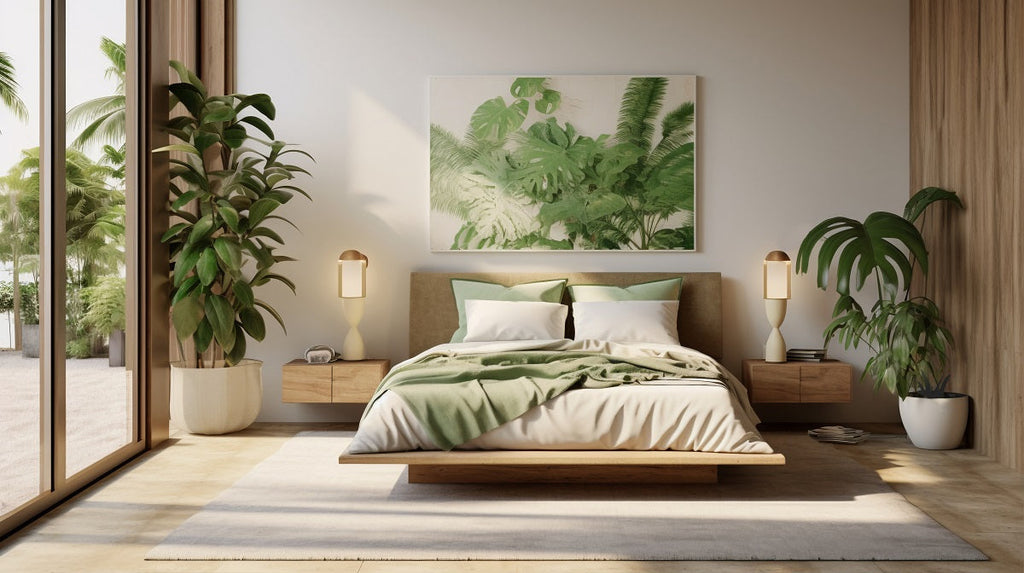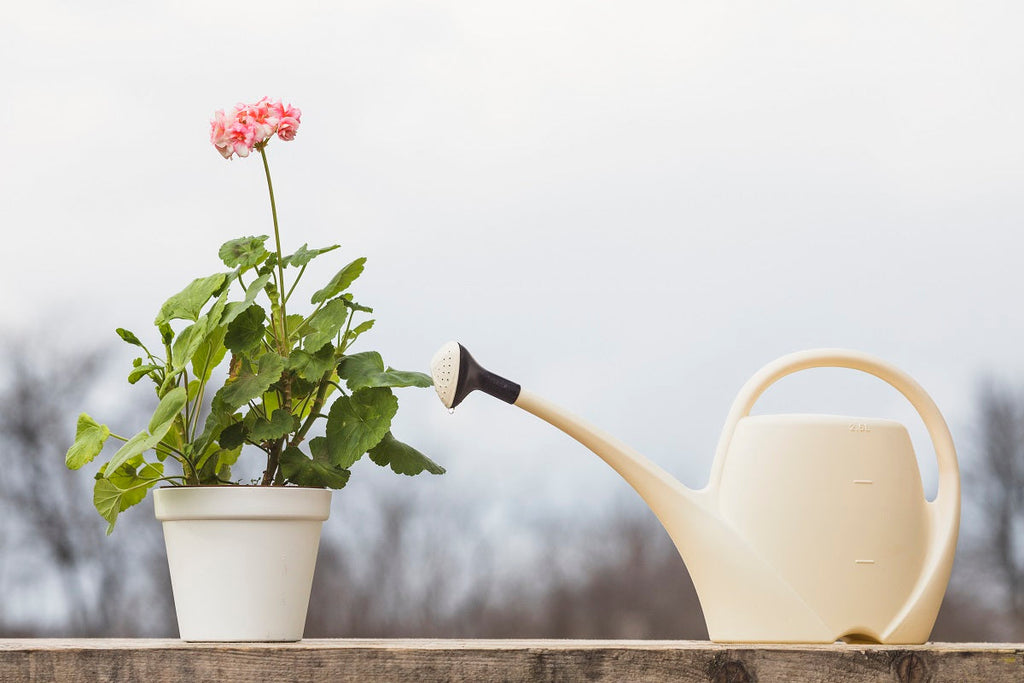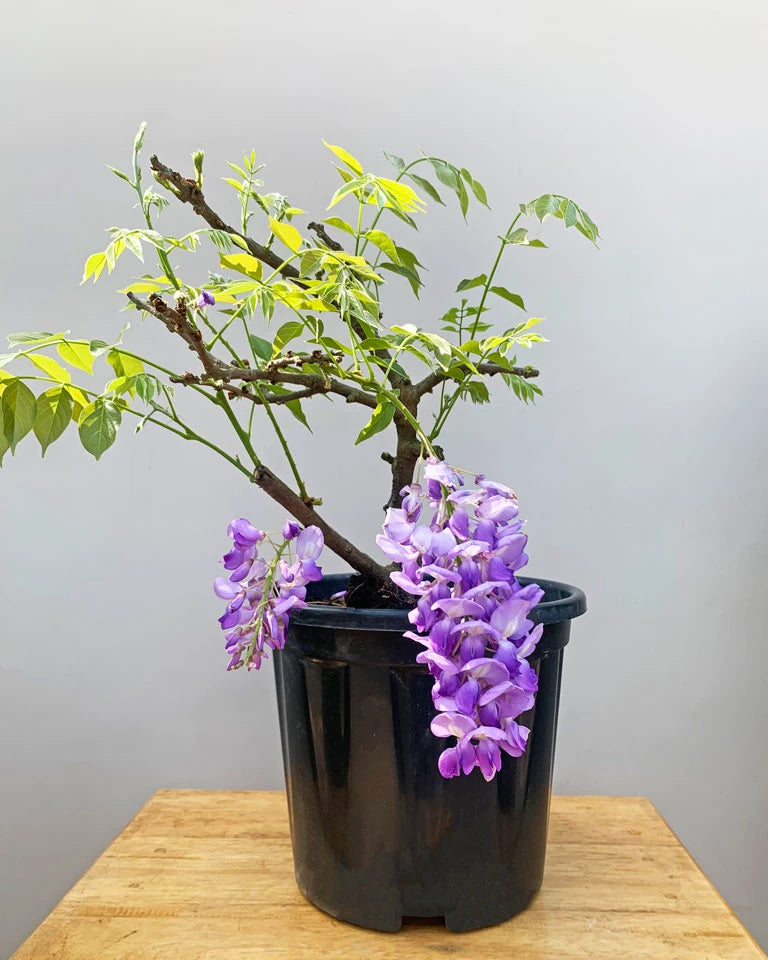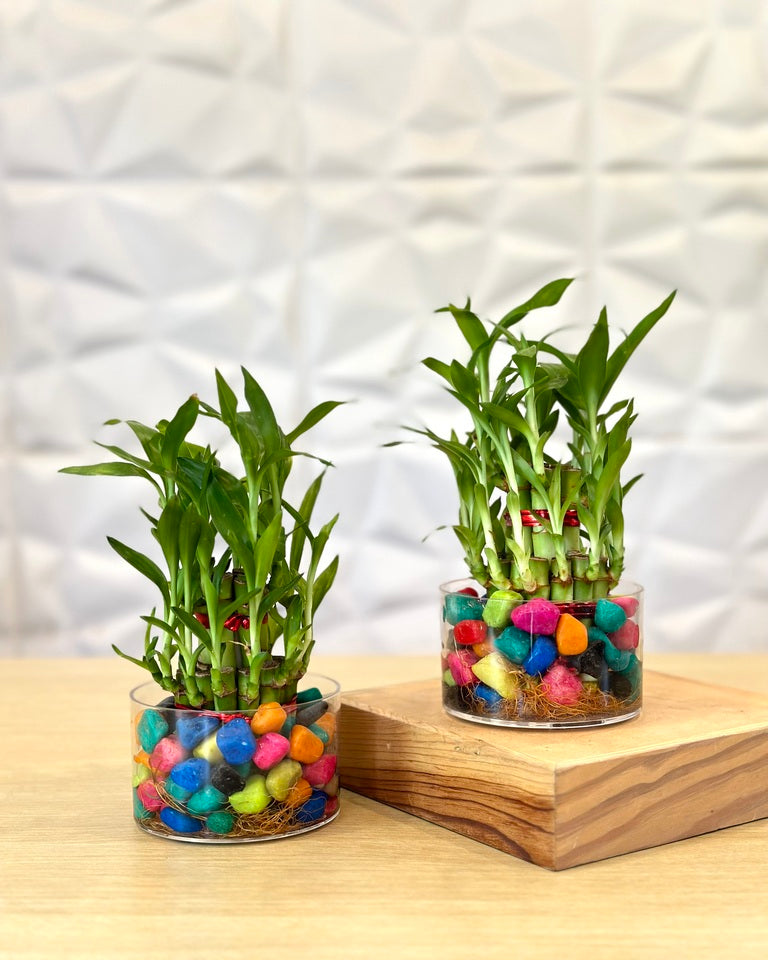
Top Plants That Help You Sleep Better

By adding oxygen-releasing plants to your house, you can improve the indoor air quality and even promote better sleep. Some plants use Crassulacean Acid Metabolism (CAM) photosynthesis, which enables them to absorb carbon dioxide and release oxygen at night, in contrast to most plants that only release oxygen during the day. This quality makes them ideal for bedrooms and living spaces. Here’s a guide to the best plants for oxygen release at night, helping you breathe easier as you sleep.
1. Aloe Vera
In addition to being a popular medicinal plant, aloe vera is one of the best indoor oxygen plants. Aloe Vera's fleshy, water-retaining leaves make it low-maintenance and drought-resistant. At night, it keeps absorbing carbon dioxide and releasing oxygen, which helps clean the air and make the interior feel cool. Furthermore, the plant is a useful addition to any space due to its well-known therapeutic qualities.
- Care Tips:
- Light: Thrives in bright, indirect sunlight but tolerates low light.
- Watering: Water sparingly—once every 2-3 weeks or when the top inch of soil is dry.
- Soil: Requires well-draining, sandy soil to prevent waterlogging.
- Best Placement:
- Ideal for bedroom windowsills or areas with indirect sunlight, Aloe Vera’s compact form is perfect for bedside tables where it can purify the air and add a hint of greenery.
2. Snake Plant (Sansevieria trifasciata)
The Snake Plant, often called "Mother-in-Law's Tongue," is among the best plants for oxygen release. Known for its hardy nature and minimal care needs, the Snake Plant is perfect for any indoor environment because of its exceptional tolerance for low light levels and sparing watering. This plant greatly improves air quality and promotes sound sleep by efficiently releasing oxygen at night and filtering toxins like formaldehyde and benzene.
- Care Tips:
- Light: Does well in low to moderate light but grows best with indirect sunlight.
- Watering: Water once every 2-4 weeks, allowing the soil to dry out completely between waterings.
- Soil: Prefers a well-draining soil mix, such as a cactus or succulent mix.
- Best Placement:
- Snake Plants work well in corners, side tables, and bedrooms with minimal light, providing a continuous oxygen supply at night.
3. Areca Palm
The Areca Palm not only brings a tropical look with its arching fronds but also acts as an effective oxygen plant by releasing oxygen throughout the night. Because it adds humidity to the air, it's a great plant for dry indoor spaces, especially during the dry winter months. The air quality is further enhanced by this graceful plant's ability to filter indoor pollutants.
- Care Tips:
- Light: Prefers bright, indirect light; avoid direct sunlight as it may burn the fronds.
- Watering: Keep the soil evenly moist but not soggy; water when the top inch feels dry.
- Humidity: Benefits from higher humidity, so mist occasionally or keep near a humidifier.
- Soil: Needs well-draining soil, ideally with a mix of peat, pine bark, and perlite.
- Best Placement:
- Suitable for living rooms and larger areas with indirect light, the Areca Palm’s lush appearance and oxygen-releasing quality make it a favourite among the best plants for oxygen.
4. ZZ Plant (Zamioculcas zamiifolia)
The ZZ Plant is famous for its glossy leaves and resilience, thriving even with minimal light and water. This low-maintenance plant is an ideal oxygen plant for bedrooms, as it purifies the air at night and can withstand low humidity and rare watering. Its sleek, compact look brings sophistication and freshness to any room without much care.
- Care Tips:
- Light: Tolerates low to moderate light; avoid direct sunlight.
- Watering: Water sparingly, allowing the soil to dry out between waterings.
- Soil: Requires well-draining soil, such as a cactus or succulent mix, to prevent root rot.
- Best Placement:
- The ZZ Plant fits well in low-light spaces such as bedrooms or offices, adding beauty and promoting a cleaner air supply at night. This makes it an excellent plant for oxygen in various settings.
5. Spider Plant (Chlorophytum comosum)
The Spider Plant is a prevalent oxygen plant because it can remove toxins such as carbon monoxide and formaldehyde. It releases oxygen at night, has cascading leaves, and produces small offshoots, creating a beautiful display. Known as one of the best plants for oxygen, the Spider Plant is a low-maintenance, visually pleasing option for any indoor space.
- Care Tips:
- Light: Prefers bright, indirect sunlight but adapts to moderate light.
- Watering: Keep the soil moderately moist and water every 1-2 weeks.
- Soil: Thrives in well-draining, general-purpose potting soil.
- Best Placement:
- Spider Plants do well in hanging baskets, where their flowing leaves can create a stunning visual while releasing oxygen overnight. Perfect for kitchens, bedrooms, or bathrooms with indirect sunlight.
FAQ Section
- Why do some plants release oxygen at night?
Certain plants, like Aloe Vera and Snake Plants, use a unique form of photosynthesis called Crassulacean Acid Metabolism (CAM), allowing them to absorb carbon dioxide during the day and release oxygen at night. This makes them ideal plants for oxygen enhancement in indoor spaces. - Are these plants safe to keep in the bedroom?
Yes! These oxygen plants are safe and beneficial for the bedroom as they improve air quality, reduce toxins, and help create a calming atmosphere that supports restful sleep. - Can these plants replace an air purifier?
While plants contribute to air purification, they may not entirely replace a mechanical air purifier, especially in larger rooms. They work best when combined with other air-purifying methods. - How many of these plants should I keep in a room?
Generally, having 2-3 medium-sized oxygen plants can significantly enhance air quality without increasing humidity levels too much. - What are the best placements for these plants in a home?
Placing these best plants for oxygen in rooms where you spend a lot of time, like bedrooms, living rooms, and offices, can maximize their air-purifying effects. Each plant also has unique light requirements, so consider positioning them where they receive the appropriate amount of sunlight.


















